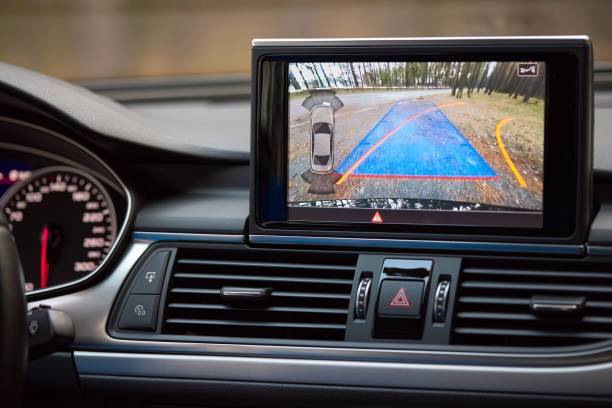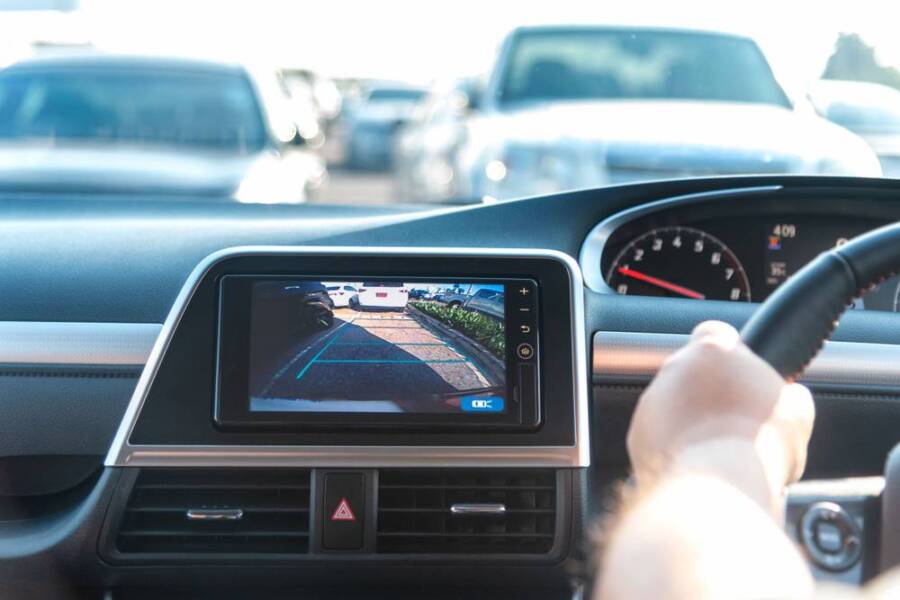Although every car has a rear-view mirror, there are still lots of blind spots that aren’t completely covered by them. As a result, we often hear of accidents where the driver has hit something they couldn’t see while reversing. Luckily, most of these accidents have minor consequences, but there are others that may result in huge property damage, serious injuries, and even deaths.
Thanks to the advancements in technology and the car industry, many modern cars have reversing cameras as factory options. However, because these cameras are rare to find in older vehicles, drivers are forced to install a reversing camera system in their cars so they can improve their visibility and reduce blind spots behind their ride.
So, if you are thinking about getting a reversing camera, here is everything you need to know about it.
What is a reverse camera?
A reverse camera, also known as a rear-view camera or backup camera, is a special type of camera that is attached to the rear of a car. It is typically mounted high on the tailgate or rear bumper of a vehicle so the driver can see the area behind it through a live feed that’s displayed on an LCD screen.
Also, most reversing camera kits may include special wiring and a switch that activates the camera only when the vehicle is put in reverse gear. There are also higher spec kits that offer the option of expanding their rear-view with additional cameras, further improving visibility and reducing blind spots.
Types of reverse cameras
When it comes to choosing the right reverse camera for you, there are four basic types of camera systems you can consider. These are camera-only systems, all-in-one systems, individual cameras, displays, and cameras and mirror displays. Almost all backup cameras use either CCD or CMOS sensor technology, both of which help capture images digitally.
For instance, most drivers choose to purchase a CCD reversing camera kit because they give the best quality images due to the built-in processor which allows for better day and night vision clarity. The camera can process more pixels faster and in a more accurate way, resulting in stunning daytime images and an incredibly vivid nighttime view, with low noise.
How do they work?
In general, reverse cameras work in a very simple way. They typically switch on automatically when you put your car into reverse. The camera that is located at the rear of your vehicle turns on and sends an image to the monitor showing what’s behind you.
However, the complexity of how the reverse cameras work actually begins with the image that is being captured by the camera. Instead of transmitting the picture that a typical camera would see, the reverse camera sends a mirror image to the monitor so the orientation is correct when you are looking at it.
In other words, if you steer your vehicle to the left, you would actually see it going to the right. Depending on the quality and type of backup camera you have, you may also be able to see the current steering angle and proximity to obstacles.
Benefits of reverse cameras
There are many benefits of using reverse cameras and some of the most important ones include:
- Reducing the risk of collisions;
- Eliminating blind spots;
- Increased safety;
- Easier parking;
- Makes it easier to maneuver.
For instance, one of the biggest difficulties for inexperienced drivers is parking. This is where the reverse camera can come in handy to make this job faster and easier and avoid hitting something while reversing.
Also, according to statistics, a reversing camera system in your vehicle, along with an automatic braking system, can reduce reverse crashes by up to 78%. The system improves rear visibility, provides assistance for tight maneuvering, and helps you see objects that would otherwise be difficult to spot, such as a pet or a child.
Final thoughts
If you want to improve your visibility and avoid blind spots while reversing, you should consider installing a reverse camera system in your vehicle. This system can be a literal lifesaver and help you see the area behind your car when backing up, reducing the risk of accidents of any kind. You can find it in many types, each coming with its own pros and cons.
For more information on backup cameras, be sure to refer to our post and read about what they are, how they work, and how they can benefit you.
TechnologyHQ is a platform about business insights, tech, 4IR, digital transformation, AI, Blockchain, Cybersecurity, and social media for businesses.
We manage social media groups with more than 200,000 members with almost 100% engagement.











































